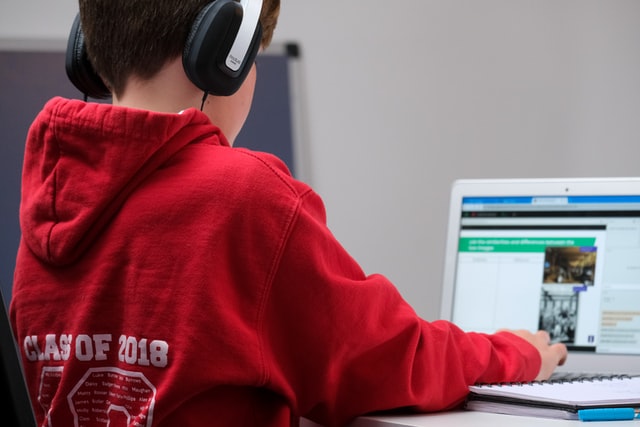
The digital age has created a new need for tech literacy for students. They are surrounded by screens and technology, both in school and at home. Digital tools can be powerful educational resources if used correctly. This is why it’s important to promote digital literacy in students. Here are some ways that educators can teach their students the skills they need today.
Invest in Digital Devices
Access to technology is critical for students to develop digital literacy skills. They should be able to learn both inside and outside of the classroom. For instance, working with the best online essay writing service is an excellent way for students to improve their paper writing skills. Investing in laptops and tablets will provide more opportunities for learners to practice using these tools.
Some governments have gone to great lengths to ensure that their students are digitally literate. They have purchased laptops for students and provided wireless Internet connections in schools. They invest a significant amount of money in the tools necessary for digital literacy.
Introduce Learning Games
Video games can be an excellent way to learn. Besides, kids who are still developing reading or math skills can have fun at the same time. Research from Australian schools shows that children who regularly play video games perform better in math, science, and reading tests.
While the link between video games and good performance may not be crystal clear, the fact that games are fun and engaging is not debatable. If you introduce games into your classroom, this can be the key factor in encouraging students to learn independently.
Use Digital Tools for Classwork
There has been debate about whether young children should use tablets at school. Yet, many teachers agree that using these devices in class allows students to practice self-reliance with technology.
Technology provides great ways for kids to research, collaborate with others, and be more confident in their work. Some schools are now creating YouTube channels for students with videos that help them improve essential skills.
Create Collaborative Group Projects
Today’s emphasis is on collaboration and teamwork across all fields of study. Teachers often have to find ways to encourage students to work together. For example, they can set up online collaborative spaces to invite their students to discuss ideas. This is possible through video conferencing tools like Skype or Google Hangouts.
This way, they can teach relevant skills while allowing students to gain valuable experience using these tools. The ideas for collaborative projects are only limited by your imagination.
Encourage Users to Generate Content
This is one area where practice does make perfect. Teachers can encourage students to create online projects that show off what they’ve learned. This allows users to learn how to navigate the Internet and use digital tools more efficiently.
Require Electronic Submission of Assignments
One way to promote digital literacy is by requiring that students submit their work electronically. They can upload essay assignments and research papers and send them to the teacher via email. Doing this will ensure students are familiar with sharing documents online.
Students struggling with essays can use academic writing tools available online. This will help them become more efficient with their time management and delegation when taking on jobs that demand digital literacy skills.
Use Digital Content in Your Courses
One of the simplest ways to promote digital literacy is by using multimedia content within your courses. For example, if you teach about ancient civilizations, have students watch documentaries created for National Geographic or The History Channel.
Another option would be to include channels like TED Talks as part of lessons. These activities allow users to familiarize themselves with different forms of media. They’re also more engaging than traditional methods.
Provide Digital Devices as Prizes for Contests
Popular tournaments are always accompanied by recognition for the winners. Digital devices are often overlooked in this regard. Yet, rewarding students with a digital device for specific benchmarks can boost their motivation immensely.
For example, give a tablet to an individual who completes reading assignments over the summer. This could entice struggling readers to read more during their break from school activities.
Share Photos and Videos on Social Media Sites
You can share photos or videos taken by students during class activities or field trips online. Consider uploading them onto social media sites like Instagram, Facebook, Twitter, and Pinterest.
These sites are trendy among teens today. Thus, they will likely interact more freely on these platforms. This is also an excellent way to capture specific moments like educational trips. It can facilitate student recollection when related writing projects arise.
To Sum Up
With these tips, you can empower your students to feel confident enough about using digital tools. They will not need to rely on anyone else for help. Digital literacy is an essential skill in today’s world, so you should do your best to promote it in your students.
